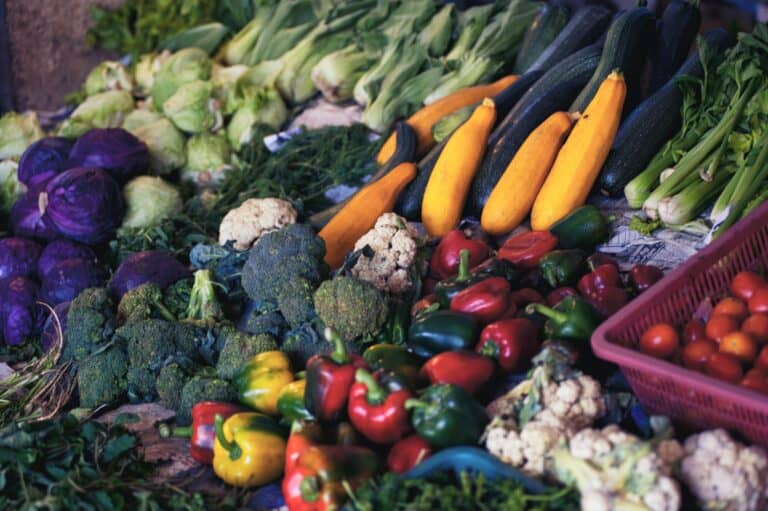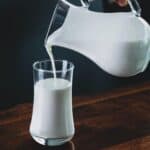Tans-fats, saturated fats, healthy fats, unhealthy fats… it can be hard to determine which you should be adding to your diet and which you should be avoiding. This article will explain the different types of fats, so you know how to plan a healthy meal routine.
Why Do We Need Some Fat in Our Diets?
High fat content is a bad thing. But we need some amount of fats in our diet for the following reasons:
• They help us stay warm
• They provide us with energy
• They contain essential fatty acids like Omega-3 and Omega-6
• They absorb vitamins A, D, and E. The body would not be able to absorb these vitamins without fat consumption.
What are the Different Types of Fats?
There are four different types of fats as follows:
• Monounsaturated Fats: These are healthy fats that should be consumed in moderation.
• Polyunsaturated Fats: These are healthy fats that should be consumed in moderation. They are a good source of omega-3 and omega-6 which your body can’t make on its own.
• Saturated Fats: These are unhealthy fats that should be avoided.
• Trans Fats: These are unhealthy fats that should be avoided.
How Much Fat Should I Be Eating?
So exactly how much of these fats should you be eating? Here’s a quick breakdown.
• Men should keep saturated fat consumption to under 30g a day
• Women should keep saturated fat consumption to under 20g a day
• Men and women should keep trans-fat consumption to under 5g a day.
• Children should be eating less trans fats and saturated fats than adults.
There is no real limit on the amount of healthy fats you should be eating per day. However, foods with healthy fats tend to be high in calories so make sure not to overdo it.
Are Low-Fat or Lite Foods Better?
When grocery shopping, you will come across items that are labeled as ‘lite’ or low-fat’. Are these foods really better for you?
For food to be considered ‘lite’ or ‘light’, it must have at least 30% less fat than the original product. For it to be labeled ‘low-fat’, it must have less than 3g of fat per 100g of product.
The good news is that light and low-fat foods will be lower in fat. However, companies may add extra salt or sugar to the product to make up for the lack of fat. It’s best to check the label of the foods you are buying to ensure they are healthy.
How to Avoid Unhealthy Fats
Here are some tips for avoiding unhealthy fats:
• Cook with vegetable oils and add them in limited amounts
• Reduce your intake of processed meats
• Use vegetable oil and nut-based spreads on sandwiches
• Consume low fat milk and cheese
• Avoid snacks that are high in fat
Fats are an important part of any diet. But it’s essential to stick to healthy fats and avoid those that are unhealthy. Now that you know which is which, you can plan your diet accordingly. We wish you the best of luck achieving your nutritional goals.
Author
Marissa Bergen



